Serendibite is a rare and precious gemstone known for its stunning deep blue to bluish-black coloration. It is a mineral composed of aluminum, silicon, and oxygen, with traces of other elements, and belongs to the silicate mineral group. Serendibite is renowned for its exceptional beauty and has been a prized gemstone for collectors and connoisseurs.
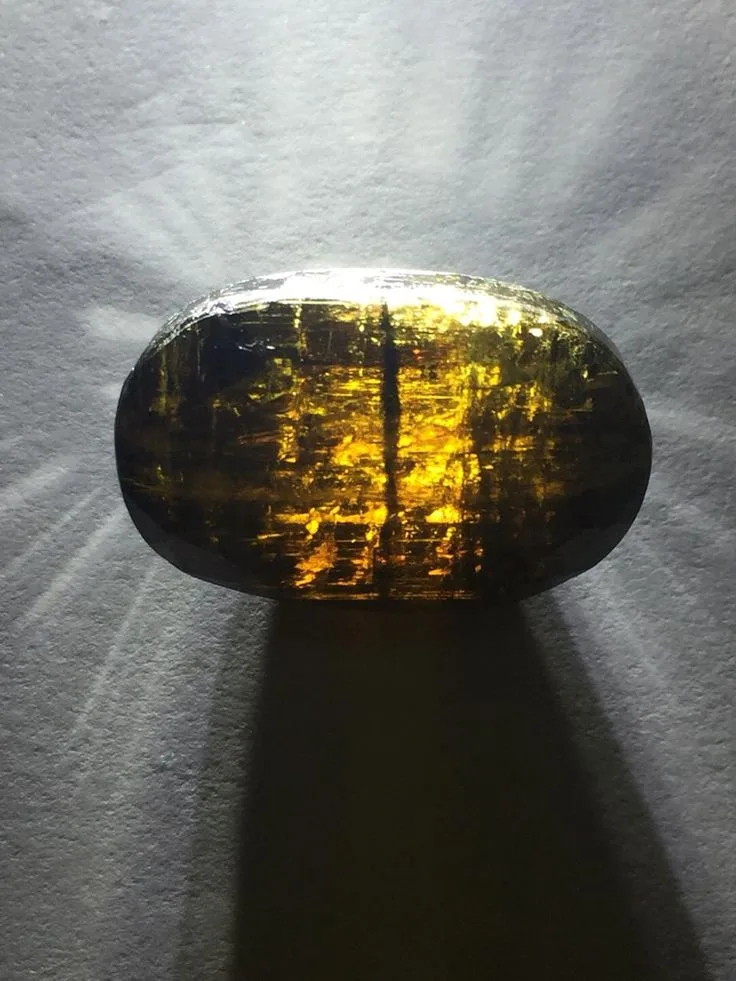
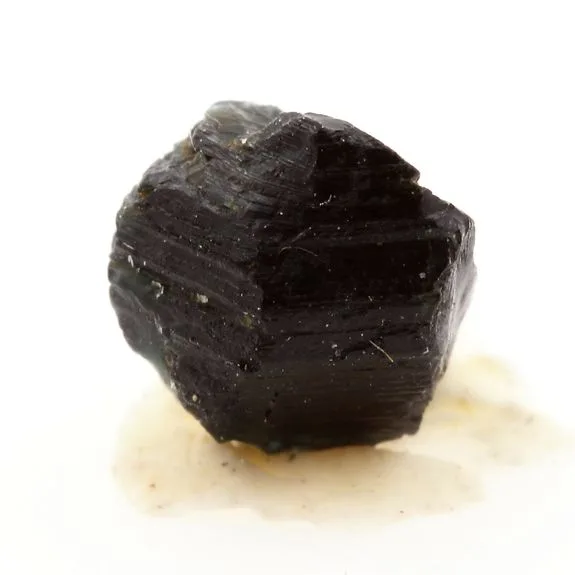
History and Origin of the Name “Serendibite”: The name “Serendibite” has an interesting origin. It is derived from the old Arabic name for the island of Sri Lanka, “Serendip,” which was known for its rich gem deposits. The name was coined by the British mineralogist and gemologist George T. Prior in 1902 when he first described the mineral. Prior chose this name to honor the association of the gem with the island of Sri Lanka, which was historically referred to as “Serendib.”
Rarity and Value in the Gemstone Market: Serendibite is considered one of the rarest gemstones in the world. Its scarcity is due to several factors, including limited occurrences and the difficulty in obtaining high-quality gem-quality crystals. The primary sources of Serendibite are Sri Lanka (Ceylon), Myanmar (Burma), and a few other locations around the world.
The value of Serendibite is determined by several factors, including color, clarity, size, and overall quality. The most highly prized Serendibite gemstones exhibit a rich, vivid blue color and exceptional transparency with minimal inclusions. The rarity of this gemstone contributes significantly to its high market value. Prices for top-quality Serendibite can rival or even surpass the prices of other well-known blue gemstones such as sapphires and blue diamonds.
Serendibite’s value and desirability in the gemstone market have made it a sought-after collector’s item. It is often used in high-end jewelry, including rings, earrings, and pendants, to create unique and luxurious pieces. When purchasing Serendibite, it’s essential to rely on reputable gem dealers and obtain proper certification to ensure the authenticity and quality of the gemstone, as well as to fully appreciate its rarity and value.
Serendibite’s Physical Properties
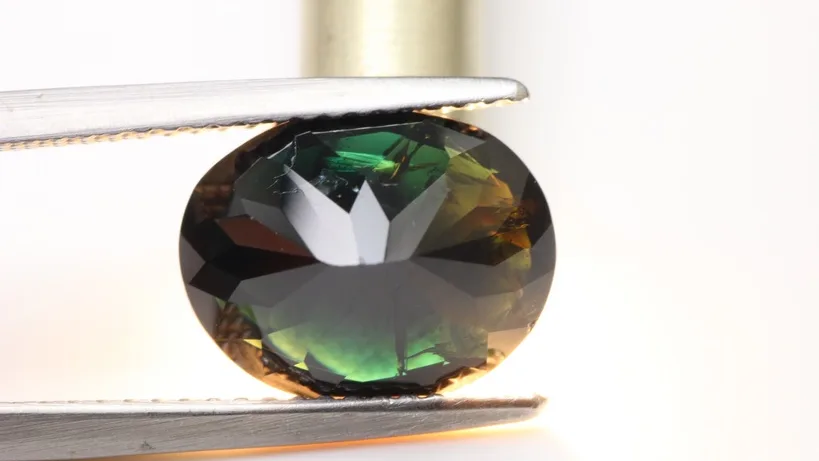
Serendibite possesses several distinctive physical properties that make it a unique and highly prized gemstone:
- Color: Serendibite is renowned for its striking blue to bluish-black color. The most sought-after Serendibite gemstones exhibit a deep, vivid blue hue, which can be compared to the color of a fine sapphire. The intensity and purity of the blue color play a significant role in determining the gem’s value.
- Hardness: Serendibite has a high level of hardness on the Mohs scale, ranking at approximately 7.5 to 8. This hardness makes it durable and suitable for use in various types of jewelry, including rings and necklaces. However, despite its hardness, it can still be susceptible to damage from hard impacts, so it should be handled with care.
- Transparency: The best-quality Serendibite gemstones are transparent, allowing light to pass through with minimal to no visible inclusions. Gemstones with excellent clarity are highly prized, and any internal flaws or inclusions can reduce their value.
- Luster: Serendibite exhibits a vitreous to subadamantine luster, which means it has a brilliant and glassy shine when well-cut and polished. This luster enhances the gem’s beauty and appeal.
- Refractive Index: Serendibite has a relatively high refractive index, which is a measure of how much light bends as it passes through the gem. The refractive index of Serendibite can range from approximately 1.703 to 1.747, contributing to its brilliance and play of light.
- Dispersion: Dispersion refers to a gem’s ability to split light into its spectral colors, creating a dazzling play of fire. Serendibite, with its high dispersion, can exhibit this captivating optical phenomenon, enhancing its desirability.
- Specific Gravity: Serendibite has a specific gravity ranging from approximately 3.39 to 3.60, which helps gemologists distinguish it from other gemstones based on its density.
- Cleavage: Serendibite has distinct cleavage, meaning it can break along specific planes or directions. This cleavage can pose challenges when cutting and faceting the gem to maximize its beauty while minimizing the risk of cleavage planes splitting the stone.
- Fluorescence: Some Serendibite specimens may exhibit fluorescence under ultraviolet (UV) light. The fluorescence can vary in color and intensity, adding an intriguing aspect to the gem.
Overall, Serendibite’s physical properties, including its rare blue color, high hardness, and brilliance, contribute to its desirability as a unique and precious gemstone in the world of fine jewelry and gem collecting.
Serendibite Occurrence
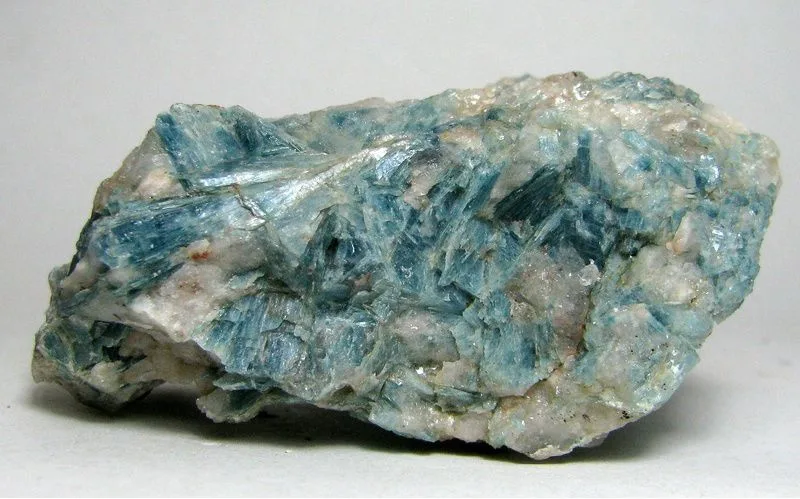
Serendibite is an exceptionally rare gemstone, and its occurrence is limited to a few select locations around the world. The primary sources of Serendibite are as follows:
- Sri Lanka (Ceylon): Sri Lanka, historically known as Ceylon, is one of the most famous and significant sources of Serendibite. The gemstone was named after the old Arabic name for Sri Lanka, “Serendip.” The island nation has yielded some of the most exquisite blue Serendibite specimens, and it remains a significant source for collectors and gem enthusiasts.
- Myanmar (Burma): Myanmar is another notable producer of Serendibite. The gem is found in various regions within the country, particularly in the Mogok region, which is famous for its gemstone mines. Burmese Serendibite is highly regarded for its quality and color.
- Madagascar: Madagascar has also become a known source of Serendibite in recent years. The gem is found in the Sahatany Valley in the Antsiranana Province of northern Madagascar. These deposits have contributed to the availability of Serendibite in the gem market.
- Other Locations: While Sri Lanka, Myanmar, and Madagascar are the primary sources of Serendibite, small and sporadic occurrences have been reported in other countries, including the United States, Canada, Italy, and Brazil. However, these occurrences are relatively insignificant in terms of commercial production.
It’s important to note that Serendibite deposits are typically localized and sporadic, and gem-quality specimens are exceedingly rare. Mining Serendibite is challenging due to its limited occurrence and the often remote and geologically complex locations where it is found. As a result, the gem remains a prized and sought-after collector’s item, and obtaining high-quality, well-cut Serendibite gemstones can be a considerable investment for those with a passion for rare and exquisite gemstones.
Serendibite in Jewelry
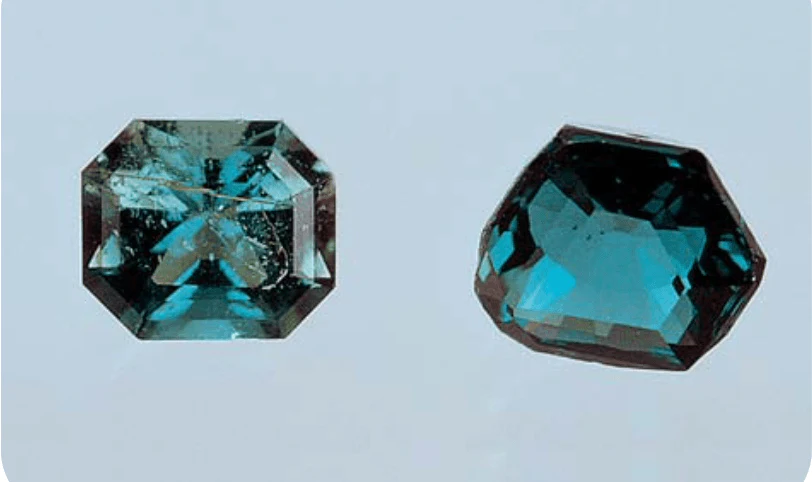
Serendibite is a stunning and exceptionally rare gemstone that has gained recognition and popularity in the world of high-end jewelry. Its unique and striking blue to bluish-black color, combined with its rarity, make it a coveted choice for creating unique and luxurious jewelry pieces. Here’s how Serendibite is used in jewelry:
- Rings: Serendibite is often used in rings, especially as center stones for engagement rings and cocktail rings. Its rich blue color and brilliant luster make it a captivating choice for statement pieces. When set in a ring, Serendibite can be showcased in various settings, from classic solitaire designs to more intricate and decorative styles.
- Earrings: Serendibite is also a popular choice for earrings. Whether used as studs, dangles, or hoops, Serendibite earrings can add a touch of elegance and sophistication to any outfit. The gem’s vivid blue hue makes it a versatile choice that can complement a wide range of styles.
- Pendants and Necklaces: Serendibite pendants and necklaces are admired for their understated elegance. The gem can be used as a single pendant stone or as part of a larger design with other complementary gemstones. Serendibite necklaces are often worn close to the heart and can hold sentimental value.
- Bracelets: While less common, Serendibite can also be incorporated into bracelets, adding a pop of color to wrist jewelry. It is often paired with diamonds, sapphires, or other gemstones to create intricate and eye-catching designs.
- Collector’s Items: Some individuals purchase Serendibite solely as collector’s items due to its rarity and the fascination with owning a gem that is seldom encountered. Collector’s pieces may not be worn regularly but are cherished for their beauty and rarity.
When using Serendibite in jewelry, it’s crucial to work with experienced and skilled jewelers who can handle the gem’s cleavage and ensure its durability in a setting. Additionally, the quality and origin of the Serendibite should be documented and certified to provide assurance to buyers and collectors.
Serendibite’s desirability in jewelry is driven by its exquisite appearance, rarity, and the unique opportunity it offers for individuals to own and wear a gemstone that is truly exceptional and uncommon in the world of fine jewelry.
Serendibite’s Cultural and Historical Significance
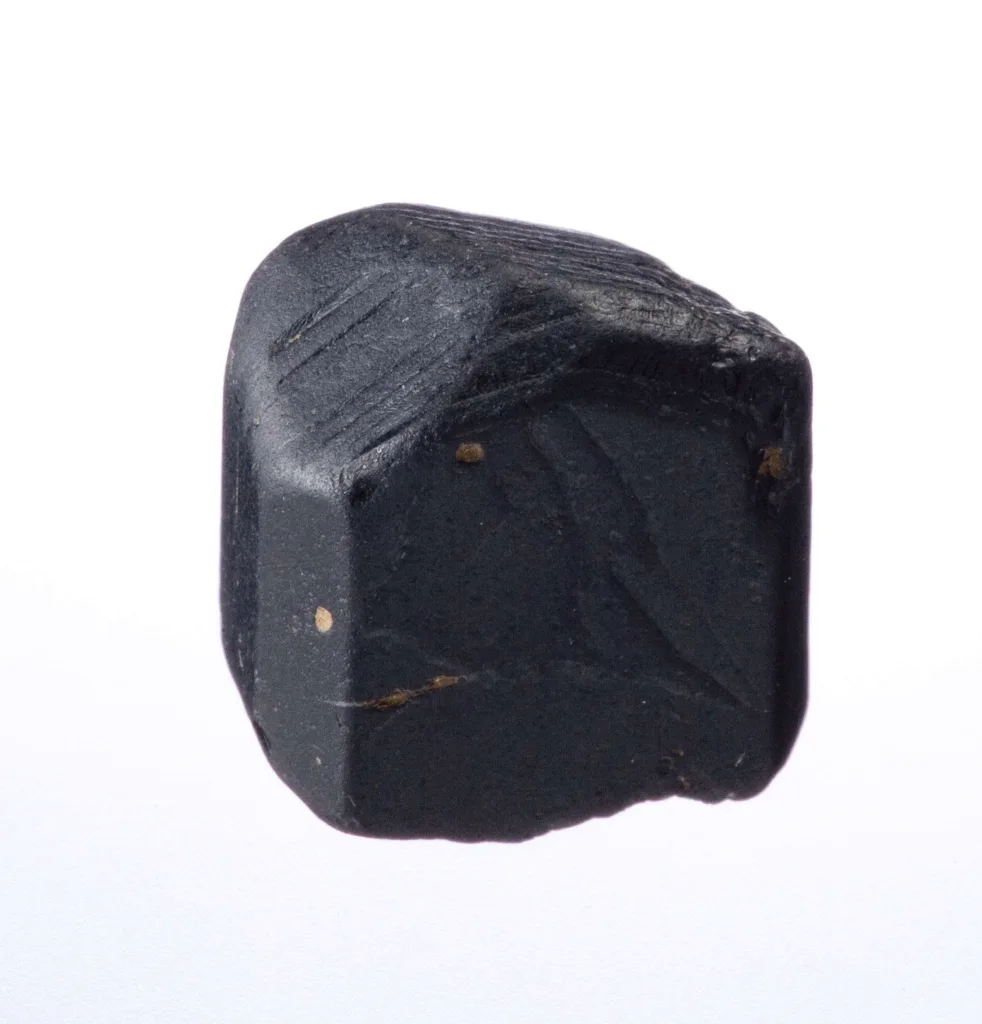
Serendibite may not have the extensive cultural and historical significance that some other gemstones like diamonds, rubies, or sapphires possess, but it still holds a unique place in the world of gemstones and jewelry. Its significance is primarily associated with its rarity, the origins of its name, and its allure to collectors and connoisseurs. Here are some key points regarding Serendibite’s cultural and historical importance:
- Name Origin: The name “Serendibite” is derived from the old Arabic name for the island of Sri Lanka, “Serendip,” which was historically known for its rich gemstone deposits. The gem was named in honor of this association, paying homage to the island’s historical significance in the gem trade.
- Association with Sri Lanka: Sri Lanka, formerly known as Ceylon, has been one of the primary sources of Serendibite. This association with Sri Lanka adds to its cultural significance, as the island has a long history of gemstone mining and trading.
- Collectors and Connoisseurs: Serendibite has gained a notable following among gemstone collectors and connoisseurs due to its rarity and unique blue color. Many individuals are drawn to the gem because it is a gemological rarity and represents a prized addition to a gemstone collection.
- Jewelry Design: While not as historically significant as some other gemstones, Serendibite has been used in contemporary high-end jewelry design. Its striking blue color and luster make it an appealing choice for creating one-of-a-kind jewelry pieces.
- Symbolism: Like many gemstones, Serendibite has been associated with various symbolic meanings and properties in different cultures. Some people attribute qualities of calmness, wisdom, and inner strength to Serendibite, although these associations are not as well-documented as those of more traditional gemstones.
In summary, Serendibite’s cultural and historical significance is primarily rooted in its name origin, rarity, and its appeal to gemstone enthusiasts and collectors. While it may not have the same depth of historical symbolism as some other gemstones, it remains a captivating and valuable addition to the world of gemology and fine jewelry.
Notable Serendibite Discoveries and Sales
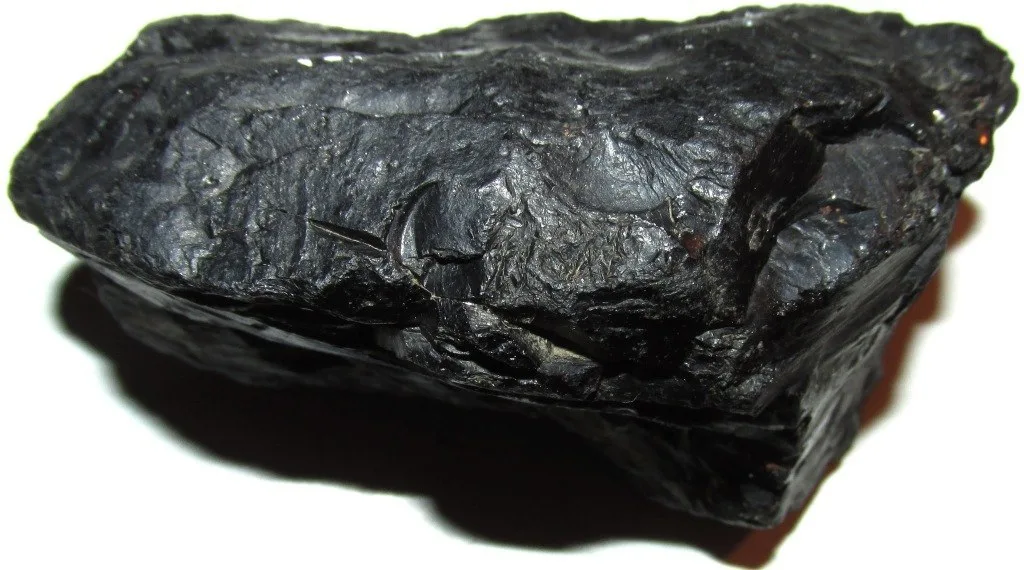
Serendibite discoveries and sales have been relatively infrequent due to the gem’s rarity, but several notable occurrences and transactions have made headlines in the world of gemology and jewelry. Here are a few notable Serendibite discoveries and sales:
- Mogok, Myanmar (Burma): Myanmar has been a significant source of high-quality Serendibite. The Mogok region, known for its rich deposits of gemstones, has yielded some of the finest Burmese Serendibite specimens. These discoveries have fueled the popularity of Serendibite among collectors and gem enthusiasts.
- Sri Lanka (Ceylon): Sri Lanka, the island nation historically associated with the name “Serendibite,” has also produced notable Serendibite gems. These gems are often prized for their deep blue color and have been occasionally offered at auctions and in the international gem market.
- Madagascar: In recent years, Madagascar has emerged as a source of Serendibite, particularly in the Sahatany Valley in the northern part of the country. This new source has contributed to the availability of Serendibite in the market.
- Record Auction Sales: While Serendibite sales are not as common as those of other well-known gemstones, some exceptional specimens have achieved significant prices at auctions. These sales are often for high-quality, large Serendibite gemstones with intense blue color. The rarity and uniqueness of these gems have made them highly sought after by collectors and investors.
- Private Collections: Many notable Serendibite gems have found their way into private gem collections and have become cherished possessions of gem connoisseurs. These collectors often appreciate the gem’s rarity and uniqueness.
- Jewelry Creations: Serendibite has been featured in various high-end jewelry designs, making it a notable inclusion in the world of fine jewelry. Its use in unique and artistic jewelry pieces has gained attention and increased its appeal.
While there may not be as many high-profile Serendibite discoveries and sales compared to more common gemstones, such as diamonds or rubies, the gem’s rarity and exceptional beauty continue to make it a gemstone of interest for gem enthusiasts and collectors. The allure of owning a gem that is both beautiful and exceptionally rare has driven interest and demand for Serendibite in the gemstone market.




































